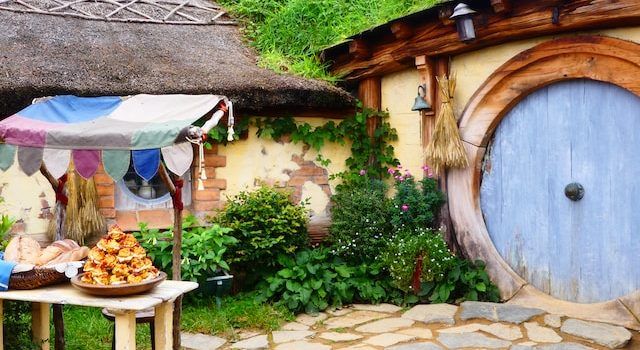
Subtitle 1: The Importance of Native Plants
Native plants are an essential component of any home garden. These are plants that have evolved and adapted to specific regions over thousands of years. Incorporating native plants into your garden offers numerous benefits, both for the environment and for your own gardening experience.
Subtitle 2: Environmental Benefits
One of the primary reasons to incorporate native plants into your home garden is their positive impact on the environment. Native plants are well-suited to the local climate, soil conditions, and wildlife. By planting native species, you can help restore and preserve the natural ecosystem in your area.
Native plants provide food and shelter for local wildlife, including birds, butterflies, and bees. They attract pollinators, which are crucial for the reproduction of many plant species. By supporting native wildlife populations, you contribute to the overall biodiversity and ecological balance of your region.
Subtitle 3: Low Maintenance and Water Conservation
Another advantage of incorporating native plants is their low maintenance requirements. Native plants are adapted to the local climate and soil conditions, making them more resilient and less dependent on artificial inputs like fertilizers and pesticides. Once established, they generally require less water, reducing the need for irrigation.
By choosing native plants, you can create a sustainable garden that conserves water and minimizes the use of chemicals. This not only saves you time and effort but also promotes a healthier and more environmentally friendly approach to gardening.
Subtitle 4: Enhancing Aesthetics and Sense of Place
Native plants can also enhance the aesthetics of your home garden. They offer a unique sense of place and a connection to the local landscape. By incorporating native species, you can create a garden that reflects the natural beauty of your region.
Native plants come in a wide variety of colors, shapes, and sizes, allowing you to design a visually appealing garden that suits your preferences. Whether you prefer a wildflower meadow, a woodland garden, or a coastal landscape, there are native plants available to help you achieve your desired look.
Subtitle 5: How to Incorporate Native Plants
Incorporating native plants into your home garden is relatively straightforward. Here are a few steps to get you started:
1. Research: Learn about the native plants that are suitable for your region. Consider factors such as sunlight requirements, soil conditions, and water needs.
2. Plan: Design your garden layout, taking into account the mature size and growth habits of the native plants you choose. Consider creating different zones based on sunlight exposure and moisture levels.
3. Source Plants: Purchase native plants from local nurseries or specialized native plant suppliers. This ensures that you are getting locally adapted species.
4. Prepare the Soil: Prepare the planting area by removing weeds and improving soil quality if necessary. Native plants generally prefer well-drained soil, so consider adding organic matter to improve drainage.
5. Plant and Maintain: Follow the planting instructions for each species, ensuring proper spacing and watering. Once established, native plants typically require minimal maintenance, but regular weeding and occasional pruning may be necessary.
Subtitle 6: Enjoy the Benefits
Incorporating native plants into your home garden is a rewarding experience. Not only do you contribute to the preservation of local ecosystems, but you also create a beautiful and sustainable garden that requires less maintenance. By embracing native plants, you can enjoy the beauty of nature right in your own backyard.










